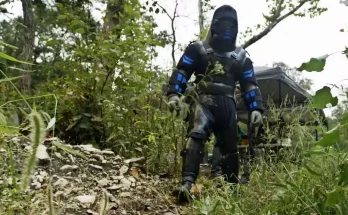Scientists who have been exploring the Red Sea have discovered natural death traps in the region now believed to be the location where Moses parted the waters.
The brine pools were found 4,000 feet below the surface of the Gulf of Aqaba, where the water is estimated to be up to 10 times saltier than normal seawater and a lack of oxygen causes the pools to kill or stun all marine life that enters it, according to a study published in Nature Communications.
The study also claimed larger predators lurk near the edge of the pools to grab the helpless prey after they have succumbed to the effects.
A research team led by Sam Purkis, a professor and chair of the Department of Marine Geosciences at the University of Miami, used remotely operated submersibles and deep-sea probes to explore the area of deep-sea trenches lying between Africa and the Arabian Peninsula.
The team speculates that the environment caused by these conditions also mimics the harsh conditions of early Earth and believe this is especially true for this location in the deep sea where they speculate life may have first emerged.


“Our current understanding is that life originated on Earth in the deep sea, almost certainly in anoxic—without oxygen—conditions,” said Purkis.
The study even suggested that these “death pools” could possibly provide clues assisting in the search for extraterrestrial organisms.

This unique ecosystem is one of the most extreme environments on the planet, the study said, and that it was possible they resemble conditions found on distant “water worlds” beyond our solar system.
Because very few organisms survive in the brine pools, the sediment layers have remained undisturbed and have preserved an archive of past climate changes and geological events.161



